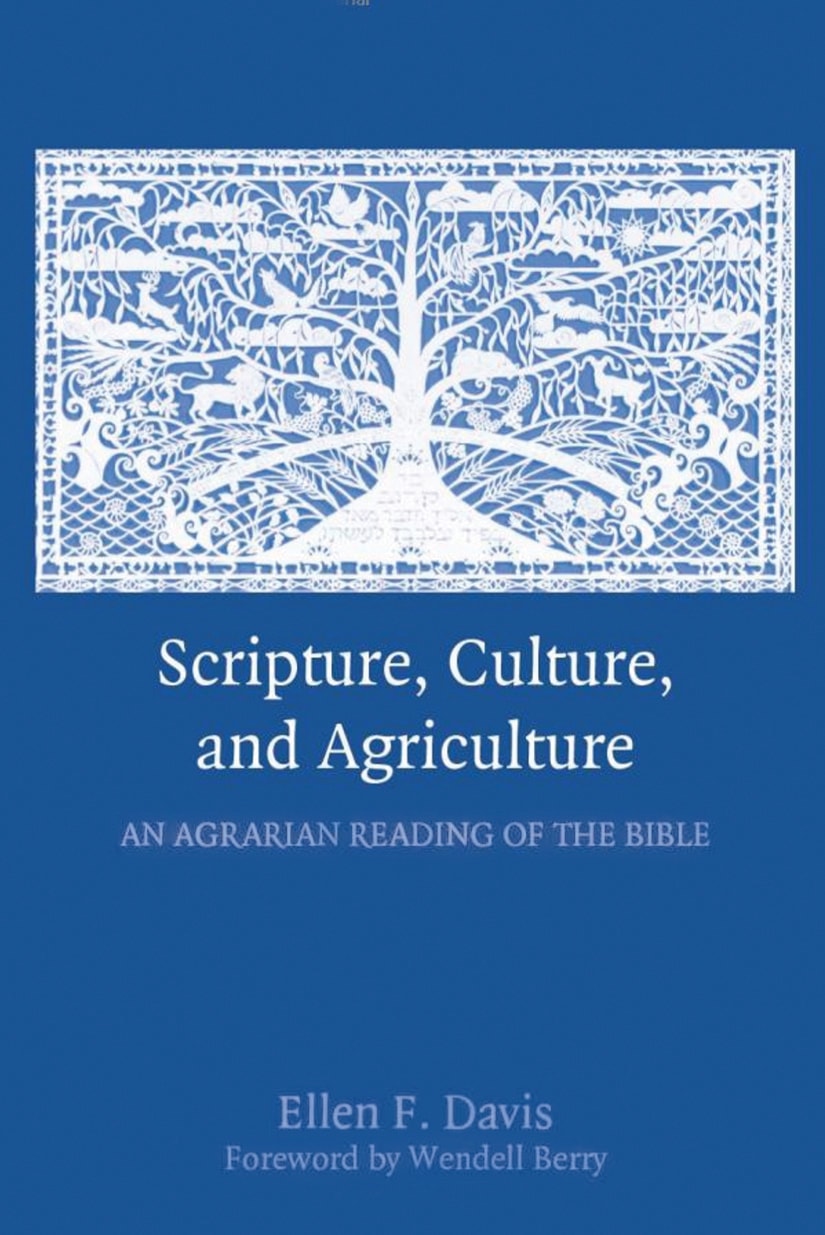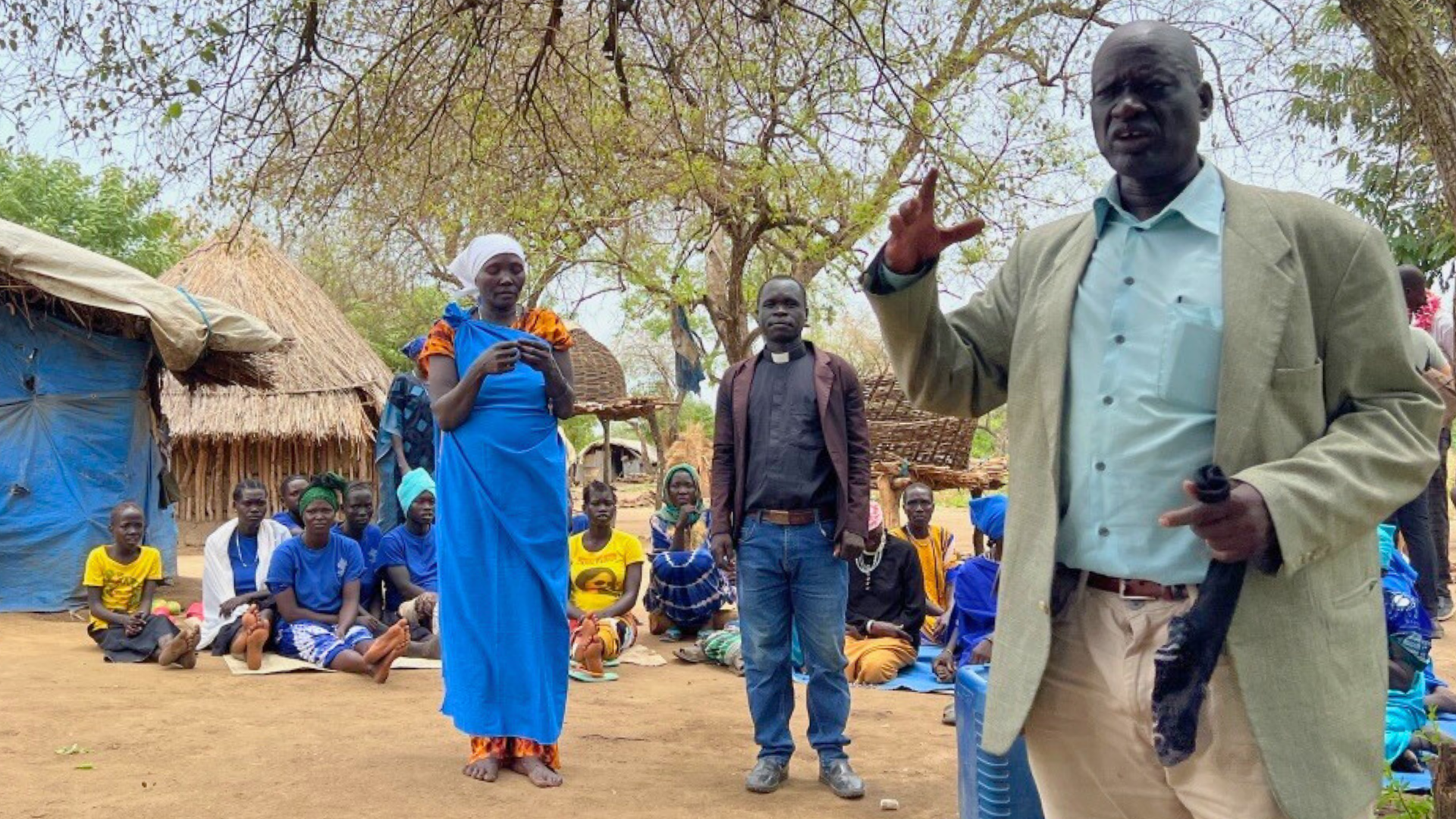Scripture, Culture, and Agriculture
An Agrarian Reading of the Bible
Ellen F. Davis Cambridge
University Press, 254 pages
Reviewed by Dave Rinker | December 9, 2019
When I heard that theologian Ellen Davis needed someone to pick her up at LAX, I jumped to volunteer—pushing the fact that I didn’t own a car out of mind. After reading Scripture, Culture, and Agriculture: An Agrarian Reading of the Bible, I considered her the Michael Jordan of good Bible reading. Our conversation through L.A. traffic was like talking with an old friend. That day I learned that Davis engages her readers and an eager fan in similar ways—she accounts for others’ perspectives and engages the collisions of the biblical text and our world.
In the first two chapters of this book, Davis demonstrates the close connection between modern agrarian writers and authors of the biblical texts. She establishes a way of reading the text that takes into account the ways the Bible is shaped by an agrarian outlook. The effect of listening to farmer poets like Wendell Berry or scientists like Rachel Carson and Aldo Leopold is that Davis’s readings are “more material.” You see this front and center in chapter 5, titled “A Wholesome Materiality: Reading Leviticus.”
Davis points out that Leviticus speaks the language of “embodied imagination.” This means Leviticus offers analogy in patterns and connections that add up to the whole of a community’s lived environment. Davis draws this out in Leviticus 19—which can be seen as the center of the book and the center of the first five books of the Bible, or Torah. In the middle of the chapter is the command to “Love your neighbor as yourself.” On either side of this command are a number of others that hang together by way of analogy.
In verse 9 we read, “You shall not cut to the edges of your field,” and at the end of the chapter, “You shall not cut the edges of your beard” (v. 27). Beards and fields—what’s the connection? Davis writes, “Because we put the two kinds of trimmings in different categories, we miss the force of the analogy, which could prompt reflection on the likeness between the male Israelite and the field, both being possessed of edges.” Upon examination, we see connections between the farmer and field, the self and the vulnerable neighbor who gleans from the edges of the community’s fields. By the end of the chapter the point is clear: “Love the immigrant as yourself…for you were an immigrant in Egypt.” The self and the other are connected through the provision God has made through the land (Leviticus 25:23).
This book is a great read for anyone interested in deepening their understanding with current issues facing farmers or thickening their ecological engagement of more familiar texts like Genesis 1-3 and the story of the Exodus. As a reader you will be pushed off the page into action and reflection regarding what this kind of reading might mean for your town or city.














